Troopers, partisans and antifreeze. Airborne transport gliders of the Red Army
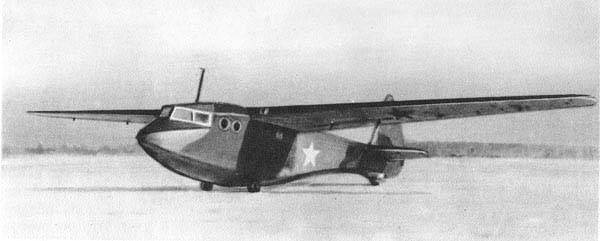
Glider A-7 design O.K. Antonova - one of the main machines of its class. Photo Airwar.ru
During the Second World War, a number of countries were armed with transport and landing gliders. Such equipment, distinguished by cheapness and simplicity of production and operation, could transport people and goods, providing logistics or landing. The Red Army had several types of gliders with different characteristics and quite actively used them almost throughout the war.
History of development
In the twenties of the last century glider sport gained popularity in our country, then the study of the military use of gliders began. However, real work on airborne transport gliders did not start until 1930. The first period of development continued until the mid-thirties and did not produce any particular results. Early transport gliders were not massive and were not used by the army.
Work on this topic was resumed at the end of the decade, the reason for this was foreign development. In 1939, Osoaviahim announced his competition for the development of a glider, and in 1940, the recently created Directorate for the Production of Airborne Transport Gliders from the People’s Commissariat aviation industry.
Two design teams took part in two competitions. Several projects were awarded prizes and allowed to build experimental equipment. The most successful in all respects was the Glider Front-8 airframe designed by O.K. Antonova. In the future, this project was improved, and the resulting A-7 glider went into series. Other projects have not advanced beyond prototype testing.
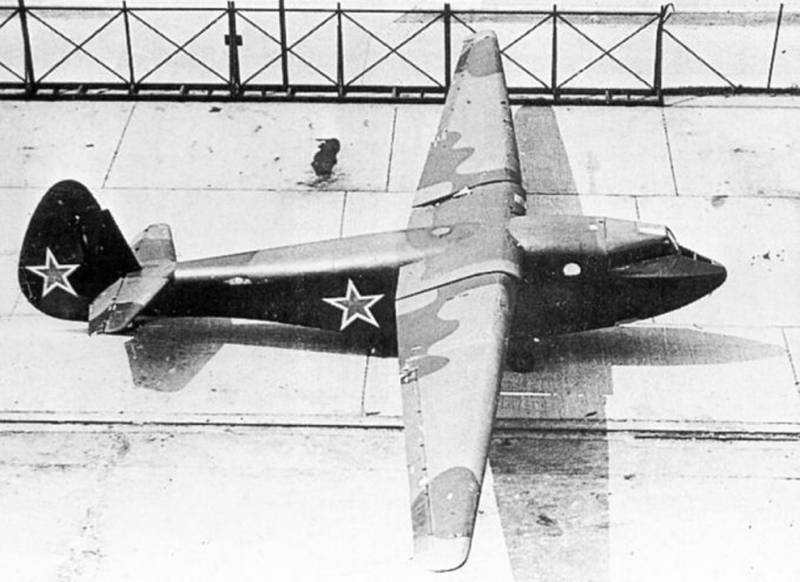
The design of the A-7 was characterized by maximum simplicity and manufacturability. Photo Aviaru.rf
In November 1940, new states of airborne brigades were introduced. They provided for the landing with a parachute, landing method from aircraft and with the help of gliders. Accordingly, the army needed new models of equipment. Later, a military aviation glider school was opened in Saratov, which was to train glider pilots.
The start of World War II spurred glider operations. Various types of equipment were proposed for transporting people and various cargoes, including artillery pieces and light vehicles. More bold designs were proposed, such as a set of planes for easy tank or a glider-fuel truck, capable of transferring fuel to a towing bomber and increasing its radius of action. However, not all new developments reached the series and were built in significant quantities.
War Gliders
In September 1941, the A-7 glider, created on the basis of the older RF-8, took off for the first time. It was a solid wood machine with a maximum take-off weight of less than 1900 kg. It was controlled by one pilot and transported six paratroopers. Production was deployed at several plants and continued until 1944. In total, the Red Army received at least 400 A-7 products (according to other sources, up to 600). Specialized modifications with special capabilities were created.
No less massive was the G-11 glider (aka Gr-29) designed by V.K. Gribovsky, created for the competition in 1940. With a normal flight weight of 2,4 tons, such a glider carried 10 paratroopers and one pilot. Tests of the G-11 were carried out in early autumn 1941, and in November they had already mastered serial production. By the end of the year, 10 gliders were handed over to the army. In 1944, a training modification of the G-11U with dual controls appeared. The production of G-11 gliders was completed in mid-1945. For all the time produced approx. 500 units.
Immediately after the outbreak of war D.N. Kolesnikov and P.V. Tsybin developed a project for the KC heavy glider (later on, the KC-2 and KC-20 variants appeared). The maximum take-off weight of the KC-20 exceeded 4,4 tons. The machine was controlled by two pilots and could carry 18 paratroopers or a comparable load. Production of the KC series was completed at the end of 1943. According to various sources, from 50 to 68 gliders were built.
Two regiments
Deliveries of serial gliders to the Red Army began in the last months of 1941. Equipment entered the airborne brigades and was initially used as a vehicle for transportation to the rear. Its small number so far ruled out full-fledged combat use in airborne operations. This state of affairs persisted until the spring of 1942.
In February and March 1942, several A-7 and G-11 gliders, as well as R-6, PS-84, SB and DB-3F towing planes, were transferred to the Strygino airfield (Gorkov region). Soon an order was issued to form the 1st separate air-glider regiment (1st squadron), subordinate directly to the command of the Airborne Forces. The regiment included two squadrons, in which there were 10 towers and 60 gliders.
In August of the same year, the 2nd training aviation-glider regiment was formed in the city of Kirzhach (Ivanovo Region) (a year later it was renamed the 2nd separate aviation-glider). He had at his disposal the DB-3F / Il-4 aircraft, as well as the G-11 and A-7 gliders.
In the future, new glider units were not formed. To solve the tasks in the interests of the army and other formations, such a group was quite enough. At different times, two regiments transported various cargoes in the rear and behind the front line, and also provided for landing.
Air transport
In the summer of 1942, pilots of the 1st OAPP were involved in the supply of partisan detachments in the Bryansk region. With the help of gliders, various cargoes and specialists were delivered to remote areas. However, such sorties were not carried out too often and without any clear system.
In November of that year, two glider regiments became the main participants in Operation Antifreeze. Earlier this month, in the region of Stalingrad it sharply became colder. The RKKA technique turned out to be unprepared for frost and needed large quantities of antifreeze - in the shortest possible time. The necessary resources were available in the Moscow region, but difficulties arose with the transfer. The railway and military transport aviation could not cope with the task in an acceptable time.
The command of the Airborne Forces proposed to organize the supply of troops using gliders. On November 10, two regiments rose in alarm and began preparing for flights. On the evening of November 12, the first sorties took place. Tugboats with loaded gliders took off from the airport of Bear Lake (Moscow Region) and, with several intermediate landings, reached the Stalingrad Region. The flight took up to 8-9 hours and often took place in difficult weather conditions.
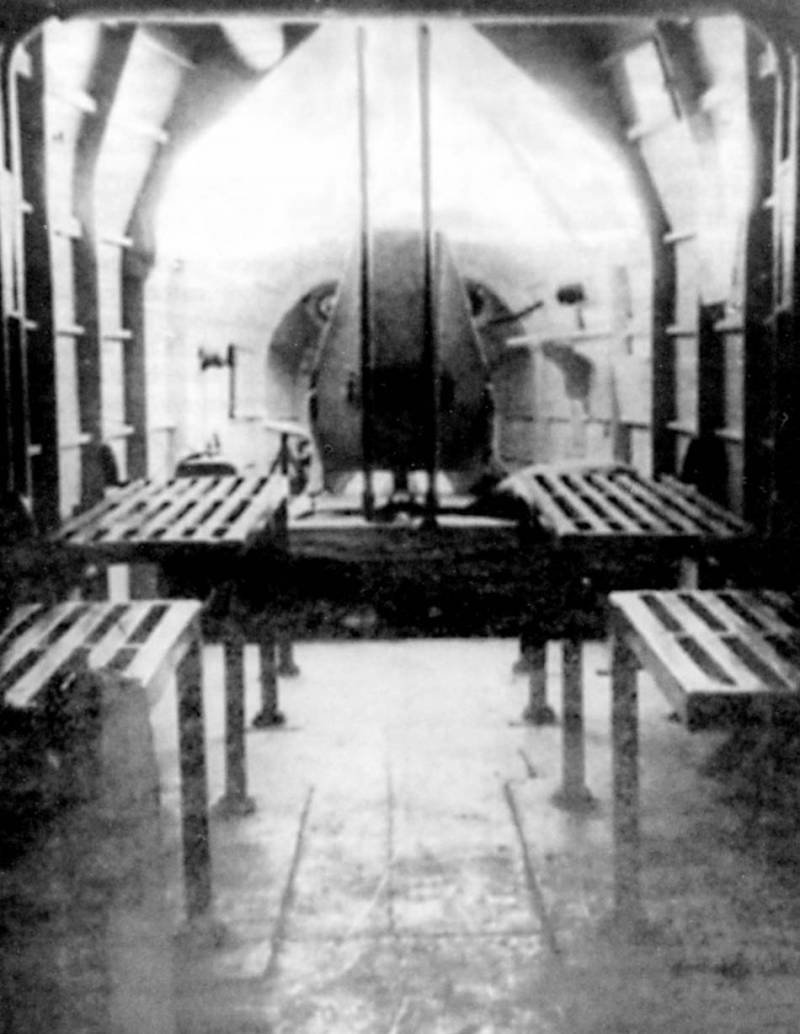
Cabin G-11, front view. In the background you can see the pilot's seat, at the sides - the landing benches. Photo Airwar.ru
Operation “Antifreeze” used gliders G-11 and A-7. The larger G-11s took on board six 200-liter barrels of antifreeze, light A-7 - half as much. Until November 16, inclusive glider regiments completed 60 flights and transported approx. 50 tons of liquids and other loads. During the operation, 3 towers and 10 gliders were lost. Several pilots died. At the cost of such losses, it was possible to provide the army with the necessary resources. Further events near Stalingrad showed the importance of the operation.
At the turn of 1942-43. gliders were again involved in the supply of troops in the region of Stalingrad. In the spring, attempts were made to use gliders in the area of besieged Leningrad.
Since March 1943, the main work of the two glider regiments was the supply of partisan detachments, mainly on the territory of Belarus. Flights were carried out at night, partisans organized and marked landing sites. After landing and unloading, the fate of the glider depended directly on the characteristics of the field “airfield”. If the platform allowed the towing plane to land, the glider could be taken out along with the wounded or some kind of cargo. Otherwise, the glider was disassembled into materials or simply burned.
In just two weeks of March 1943, 2 specialists and leaders, 140 tons of medicines, 3 tons of explosives, and thousands of small arms weapons and various ammunition. In 60 sorties, 65 gliders were lost (mainly due to the impossibility of returning). Almost all pilots were successfully returned "to the mainland."
A new operation to supply partisans began in late April 1943 and lasted almost a year. During this time, partisan detachments received 135 gliders of all basic types with all the necessary cargo. At the same time, glider regiments were faced with opposition from the enemy. The Luftwaffe tried to intercept air traffic or follow it in search of partisan bases.
Landing operation
Airborne gliders were regularly used to deliver sabotage and reconnaissance groups to the rear of the enemy. Moreover, they only once participated in a full-scale airborne operation. Gliders, along with other equipment, were used to land a tactical landing on the right bank of the river. Dnipro September 24-25, 1943
For the landing, 180 military transport aircraft of various types were involved in the operation. The 1st and 2nd OAPs provided a total of 35 A-7 and G-11 gliders. At first, part of the gliders was used for landing landing of fighters. In the future, such equipment was used for the transport of medicines and ammunition, the evacuation of the wounded, etc. The operation as a whole was unsuccessful, but the gliders reaffirmed their potential - which could be realized if applied correctly.
End of work
In April 1944, the pilots of the 1st OAP made their last flight to supply the Belarusian partisans. After that, such flights were not performed. In fact, military operations using gliders have ended.
In June, the 1st OAP was taken to the city of Klin. In the fall, the glider regiment was reorganized into the 208th Guards Long-Range Aviation Regiment (208th Guards Add-On) and transferred to the IL-4 bombers. 2nd OAPP in the same period became the 209th Guards. update Gliders were written off to develop the resource, and their pilots were distributed among the flight schools of initial training.
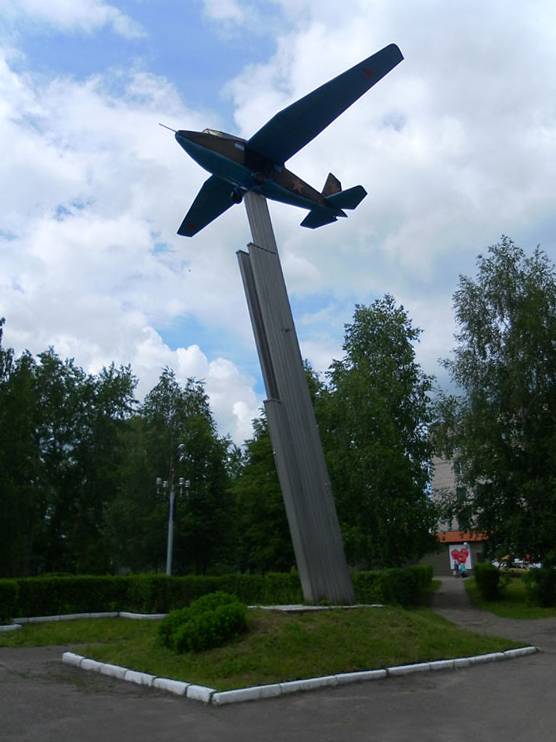
Glider G-11 as a monument in the city of Shumerlya. Wikimedia Commons Photos
Part of the experienced pilots at the beginning of 1945 was transferred to the newly created 45th training aircraft regiment (45th utapp). The objective of this part was to preserve the experience and the development of new designs in order to further train pilots.
Some results
Soviet transport gliders were initially created in the interests of the Airborne Forces for conducting landing operations. However, for their intended purpose, they were used only once. The rest of the time, two glider regiments solved transport problems in the rear or helped partisans.
During the war years, more than a thousand gliders of several basic types were built. Having lost a substantial part of this equipment, it was possible to transport hundreds of tons of various cargoes to supply the army and partisan detachments, as well as to ensure the work of dozens of reconnaissance groups.
After World War II, the development of transport glider subjects continued, but no longer yielded noticeable results. New models of military transport aircraft appeared, which had obvious advantages, and gliders were unnecessary.
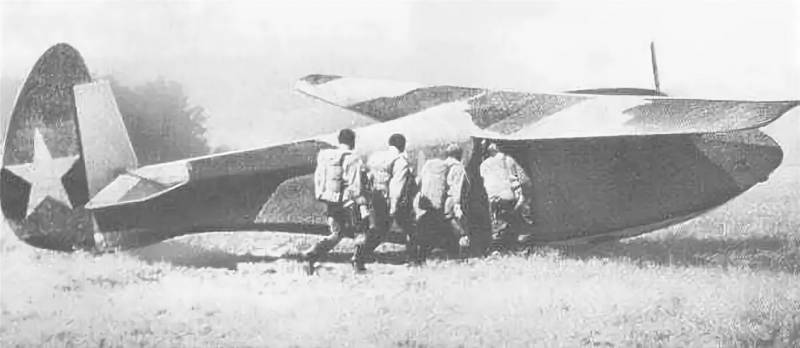
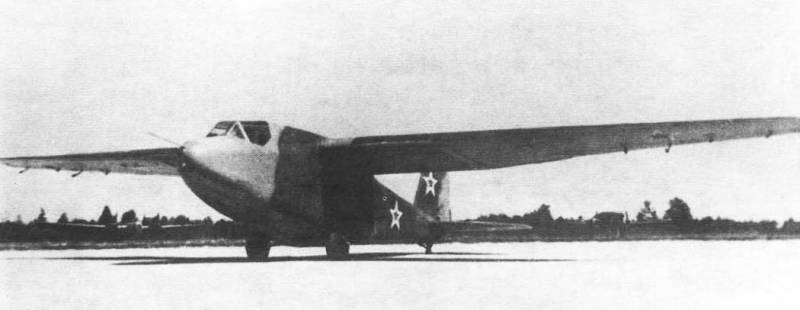
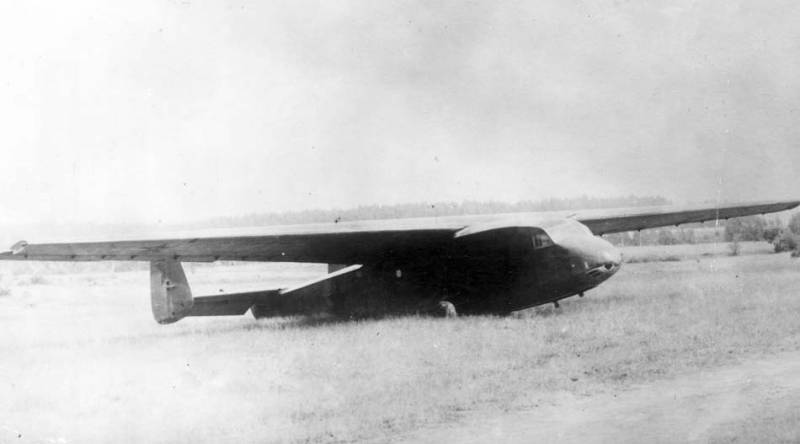
Information